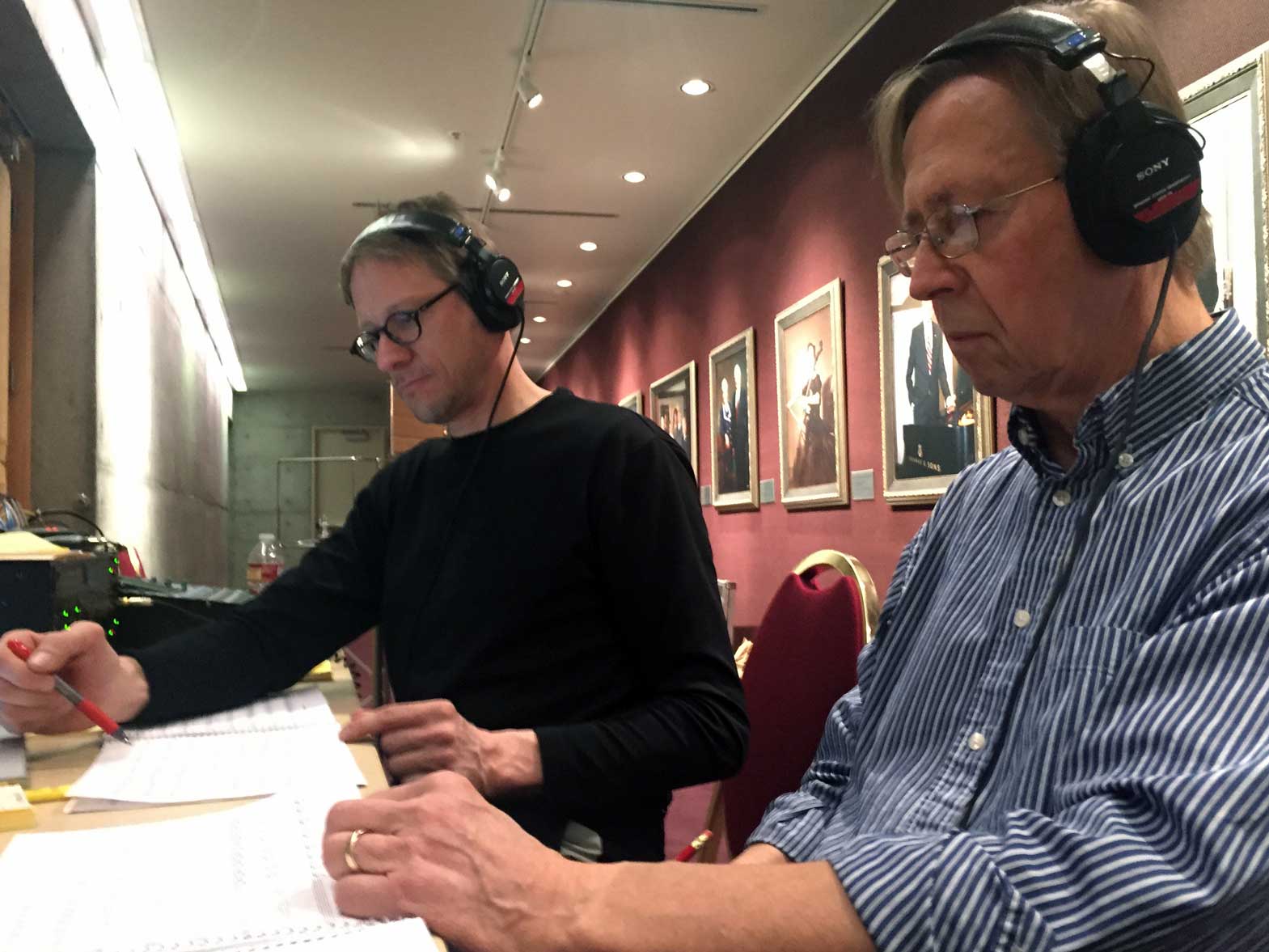Dr. Joshua Mietz’ doctoral dissertation on David’s first clarinet concerto, Desert Roads, provides a comprehensive analysis and helpful advice to soloists and conductors performing the work. The author also includes thoroughly researched biographical information essential to understanding the evolution of David’s composing from his early career to the creation of this concerto.
PDF available through the following website:
http://digitalcommons.unl.edu/
Abstract:
Known primarily as a composer for the wind band, few American composers have received the notoriety and widespread acclaim that David Maslanka has since 1970. His works for wind ensemble are now considered standard repertoire and are played frequently by high school, college-level, and professional ensembles alike. Additionally, his works for chamber groups and soloists have continued to gain in popularity. As of the writing of this document, Maslanka has composed concertos for saxophone, euphonium, flute, marimba, trombone, and piano. Early in 2005, he completed his first large-scale work for solo clarinet with wind ensemble accompaniment: Desert Roads. Desert Roads is comprised of four movements—each with a unique perspective and stylistic approach to the concerto medium.
This document begins with a detailed biography of the composer’s life and works. There is an emphasis on the people, places, and events that contributed to Dr. Maslanka’s compositional style. Chapter 2 offers a history of Desert Roads and pays special attention to Dr. Margaret Dees and her leadership in the commissioning of the work. Chapters 3-6 provide analysis and discussion of the structural elements Desert Roads.
Additionally, there is discussion of the chorales of J.S. Bach where appropriate. Chapters 3-6 also include graphic illustrations of each movement at the end of the chapter. Chapter 7 offers some concluding remarks and performance considerations for clarinetists, conductors, and scholars. In addition to the customary and required copyright and bibliographic documentation, the appendix of this doctoral document contains a reproduction of the Bach chorales employed within Desert Roads as well as the text from Richard Beale’s On the Subway Platform. Furthermore, the appendix contains the transcription of interviews conducted by the author, and an annotated list of Maslanka’s works for clarinet, giving scholars a context for which to better appreciate Desert Roads.
This document is intended to provide readers with a clear, thorough understanding of Desert Roads and contribute to a greater understanding of the music of David Maslanka.



